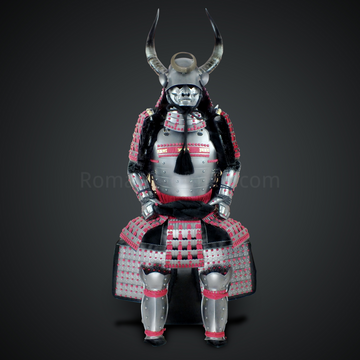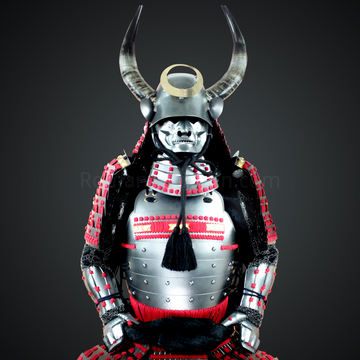Katateken in Japanese Katana terminology
What is Katateken in Japanese Katana terminology?

"""Katateken"" (片手剣) refers to swords that are designed to be handled with one hand. Globally, swords can be broadly divided into two categories: short swords and long swords. However, the distinction between short and long does not apply to ""Katateken"". As long as it can be handled with one hand, the size can vary from around 30cm to 90cm in length, depending on the sword.
Generally, the length of the handle (Tsuka) is often about one to two fists long. Swords that are designed to be held with both hands are referred to as ""Ryote-ken"" (両手剣).
Worldwide, ""Katateken"" are more mainstream than ""Ryote-ken"", and they have been used as backup weapons during combat and as weapons for knights on horseback. The origin of ""Katateken"" is debated, but they were already in use by the time ancient civilizations arose. Particularly famous is the armament of ancient Greek soldiers. In ancient Greece, a ""Katateken"" called a ""Xiphos"", which is about 60cm in total length, was used to deliver the final blow to the enemy. Other famous Western ""Katateken"" include the ""Rapier"" used for dueling, the ""Cutlass"" used in the navy, and the ""Saber"" used in the army.
In Japan, ""Tachi"" and ""Odachi"" are often treated as ""Ryote-ken"", but among the ""Uchigatana"" that became mainstream in the late Muromachi period, there are also those called ""Katateuchi"" (片手打ち), which were made with the purpose of being handled with one hand."







